Trebuchet competition teaches engineering skills
Trebuchet Trial: seniors Prithvi Krishnarao and Cameron May test their trebuchet’s range as part of their Physics II (H) project.
October 2, 2018
The 10-pound weight drops, snapping the trebuchet’s throwing arm into position and launching the tennis ball across the Great Lawn. Students cheer as the ball lands 40 feet away, while the next group prepares their trebuchet for launch.
On Friday, Sept. 28, Physics II (H) students tested their wooden trebuchets against one another, competing to see which model would have the greatest range. Trebuchets are medieval siege engines that launch projectiles by transferring the potential energy of a large counterweight into kinetic energy. Random groups of three seniors each built a 30-inch tall trebuchet to better understand the mechanics of the weapon and the Engineering Design Process.
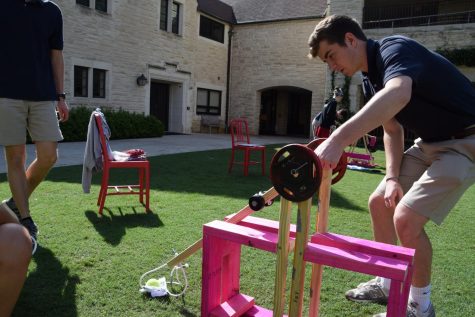
Senior Alex Tinkham prepares to launch his trebuchet.
“This project encapsulates some of the most important skills in engineering,” physics teacher Franco Posa said. “Learning how to design, prototype and optimize is the core lesson of this class, and knowing how to work with different people is just a good life skill.”
In the first phase of the project, the students built a smaller model out of pencils. Although moving from a small pencil model to a 30-inch wooden model may seem daunting, Posa and physics teacher Nolan Harris incorporated the pencil trebuchet into the curriculum so students could learn about rapid prototyping. Both teachers intend for students to apply these new skills to build their third and final wooden trebuchets, which will be six feet tall.
“Starting with the low-fidelity pencil construct lets the students understand the key physical concepts and mechanics of the trebuchet, as well as some of the challenges of constructing one, without worrying as much about the quality of the construction,” Harris said. “The larger wooden trebuchets are where the students will learn more about craftsmanship.”
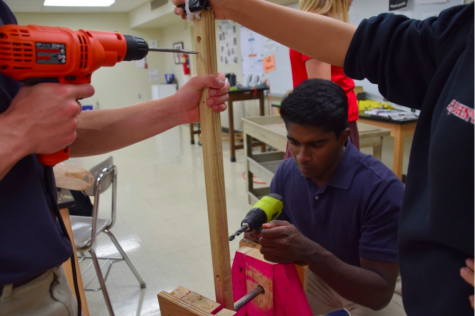
Senior Prithvi Krishnarao modifies his trebuchet’s throwing arm.
According to Posa and Harris, a key takeaway from the project is that planning constructions will not necessarily translate to physical success. Posa noted that building three models throughout the project helps students adjust to working in a 3D space and making changes on the fly.
“The main lesson I learned from this project is to be flexible,” senior Justin Owens said. “The likelihood of your trebuchet working exactly like you pictured it in your mind or on paper is very slim.”
Seniors Shani Israel and Tara Samson-Williams built the most successful trebuchet in the competition, launching the tennis ball 145 feet and 11 inches.
“Shani and I work well together because we’ve been physics partners since last year,” Samson-Williams said. “My favorite part was launching our trebuchet when all the physics teachers came out to see it fire, and it was nice to impress them for once.”
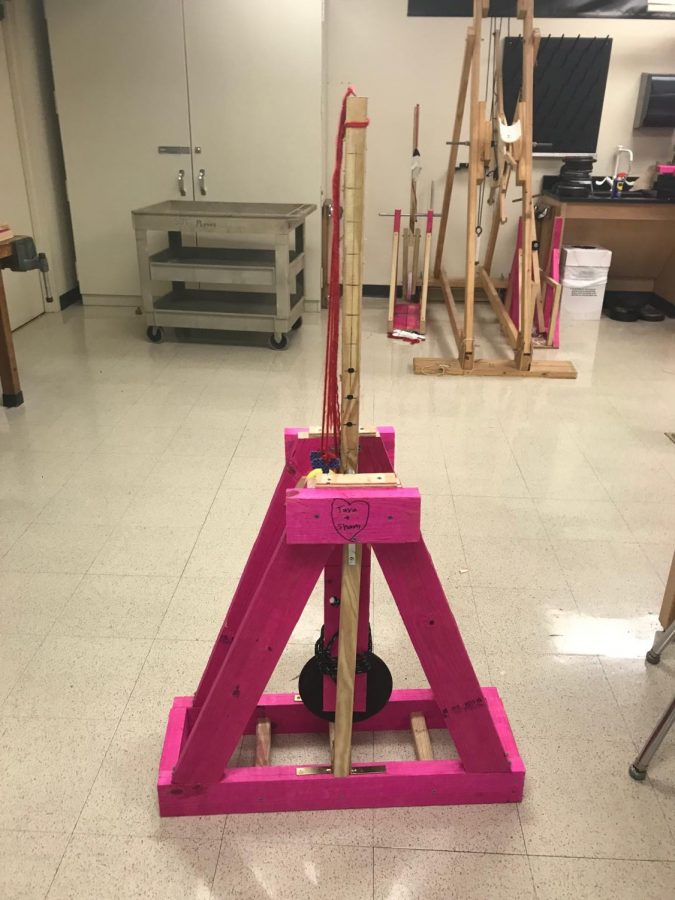
The winning trebuchet, built by Shani Israel and Tara Samson-Williams, launched a tennis ball nearly 146 feet.



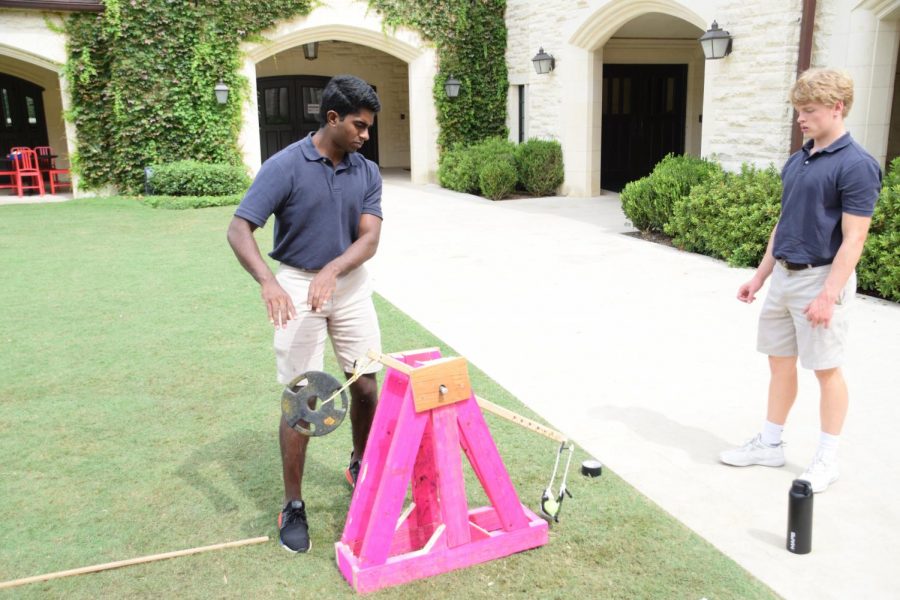

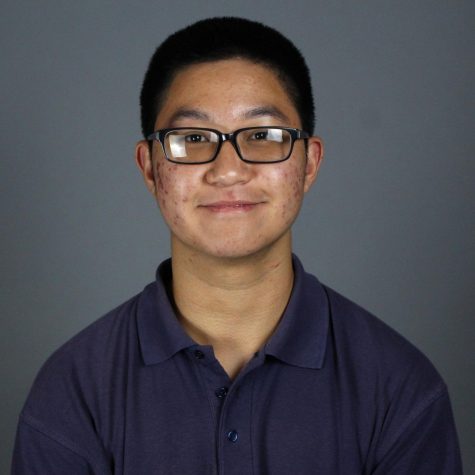
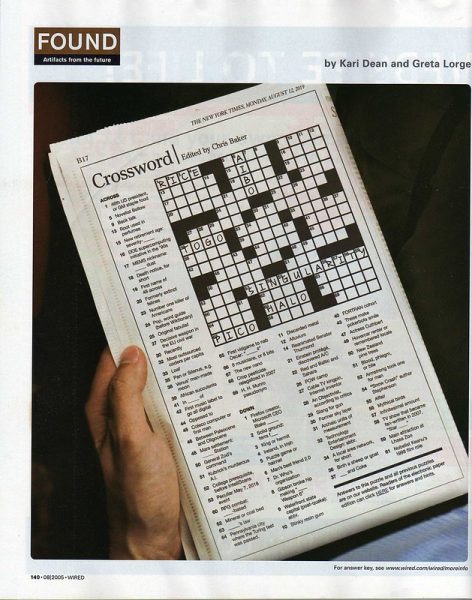
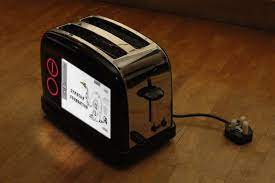
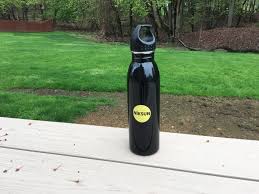
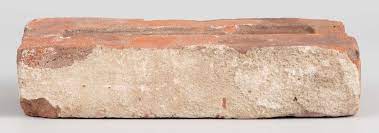

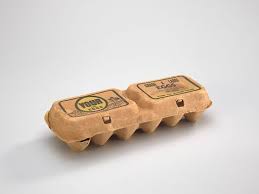

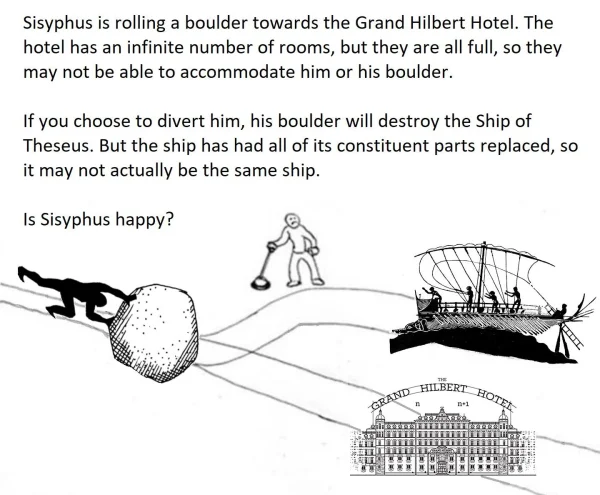
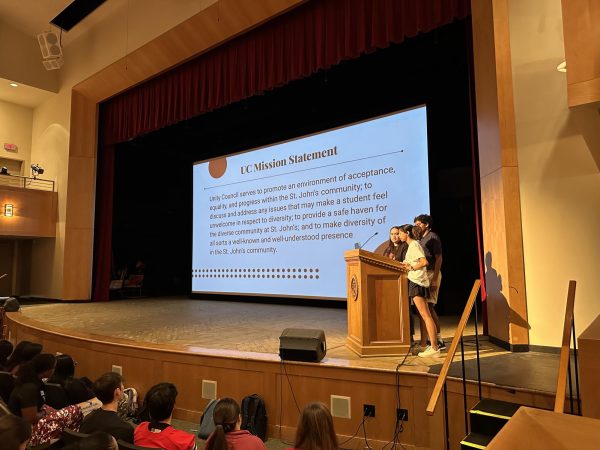

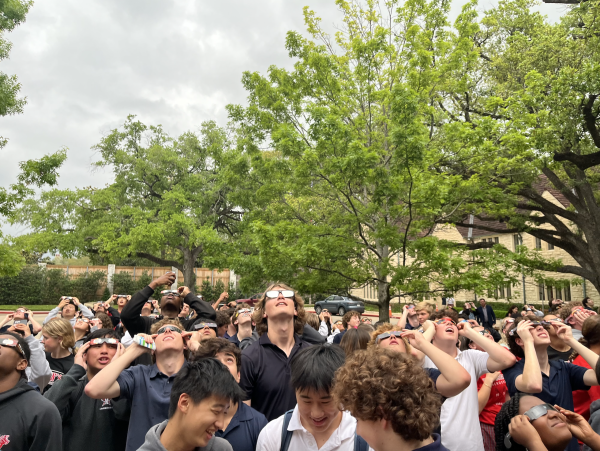
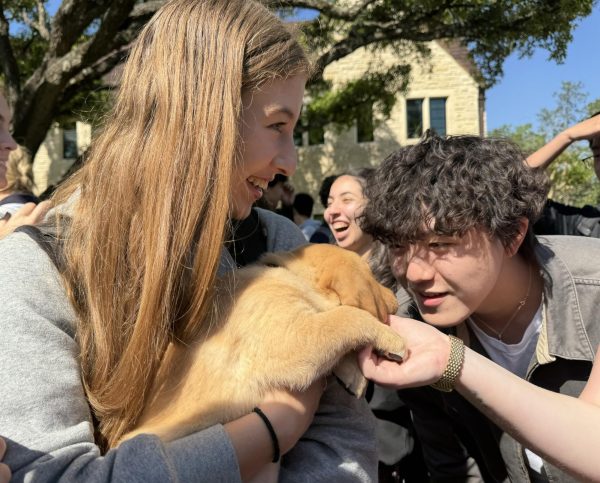
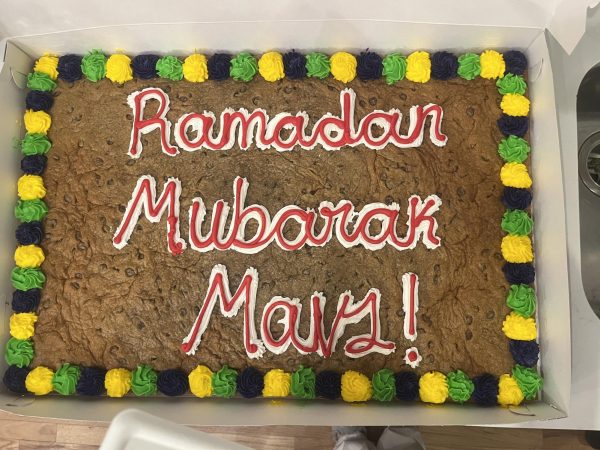
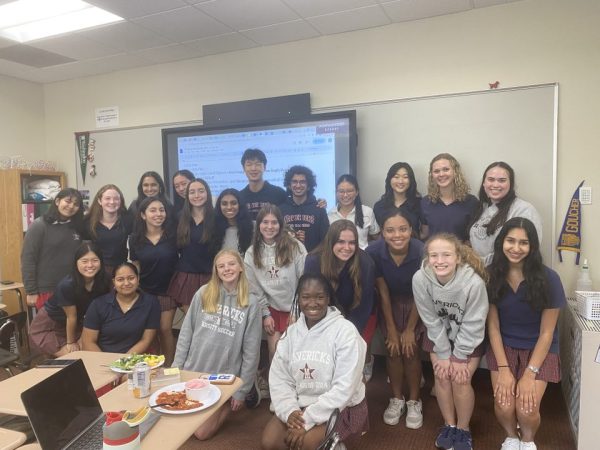
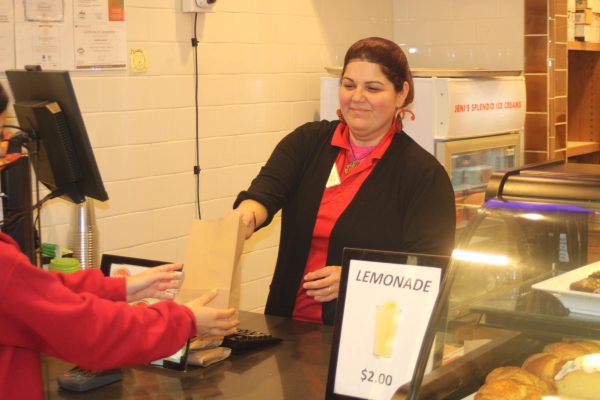
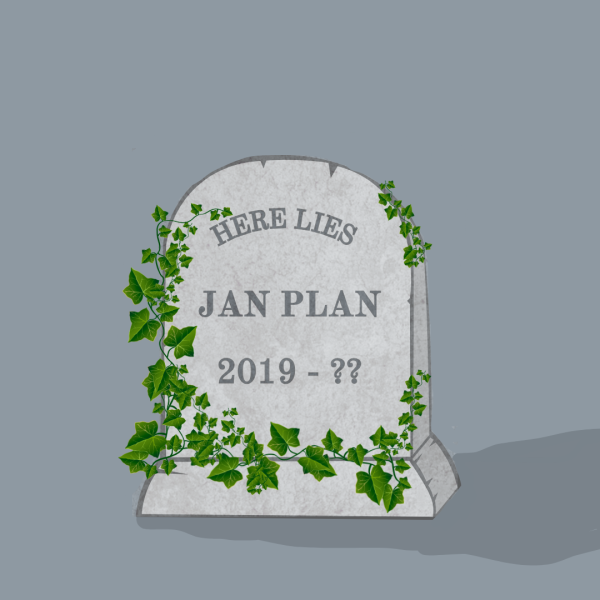




Iris Chen • Oct 4, 2018 at 7:48 PM
Wow I got cut out of two of those photos—I was standing right next to Prithvi and Cameron. At least my arm got featured in the third one?